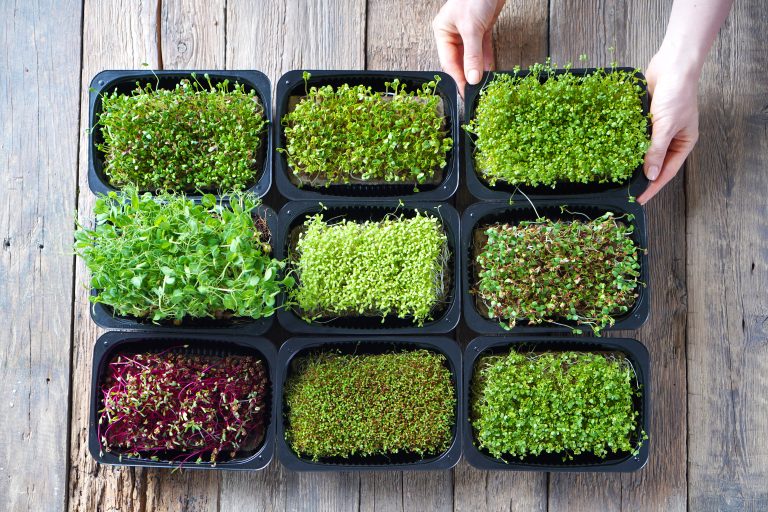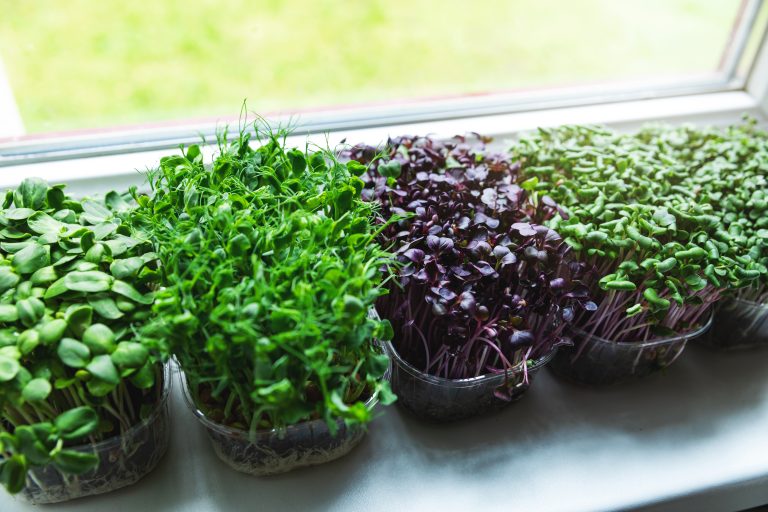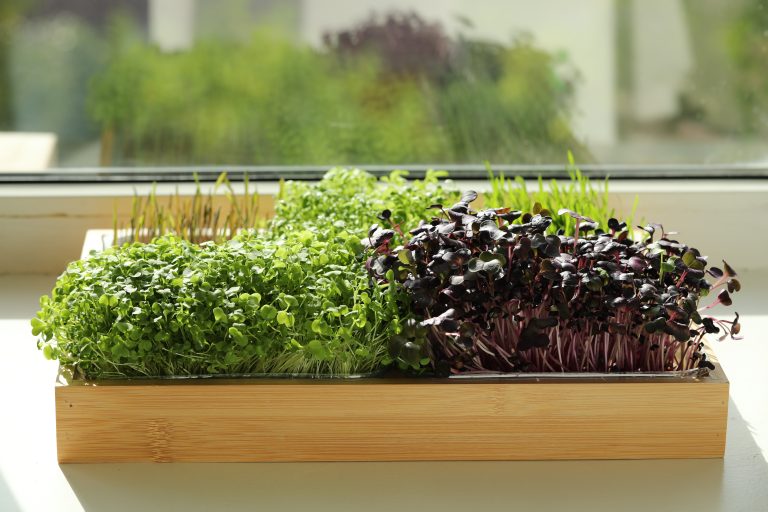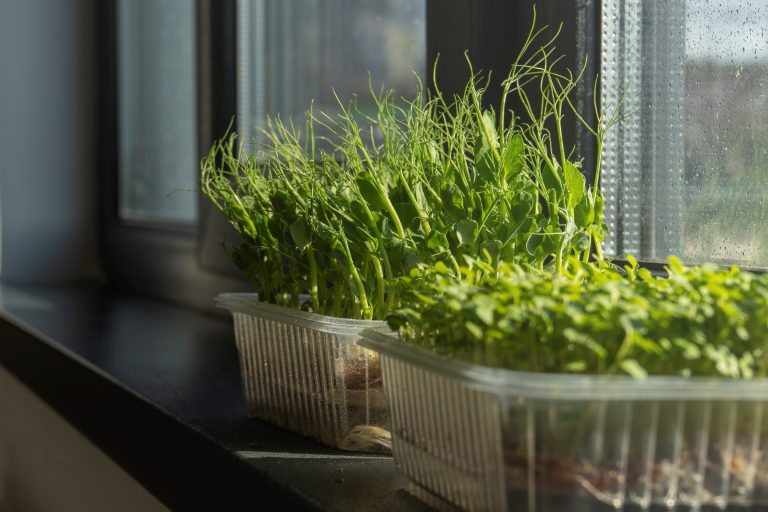5 Facts on Mushroom Grow Kits’ Continuous Yield
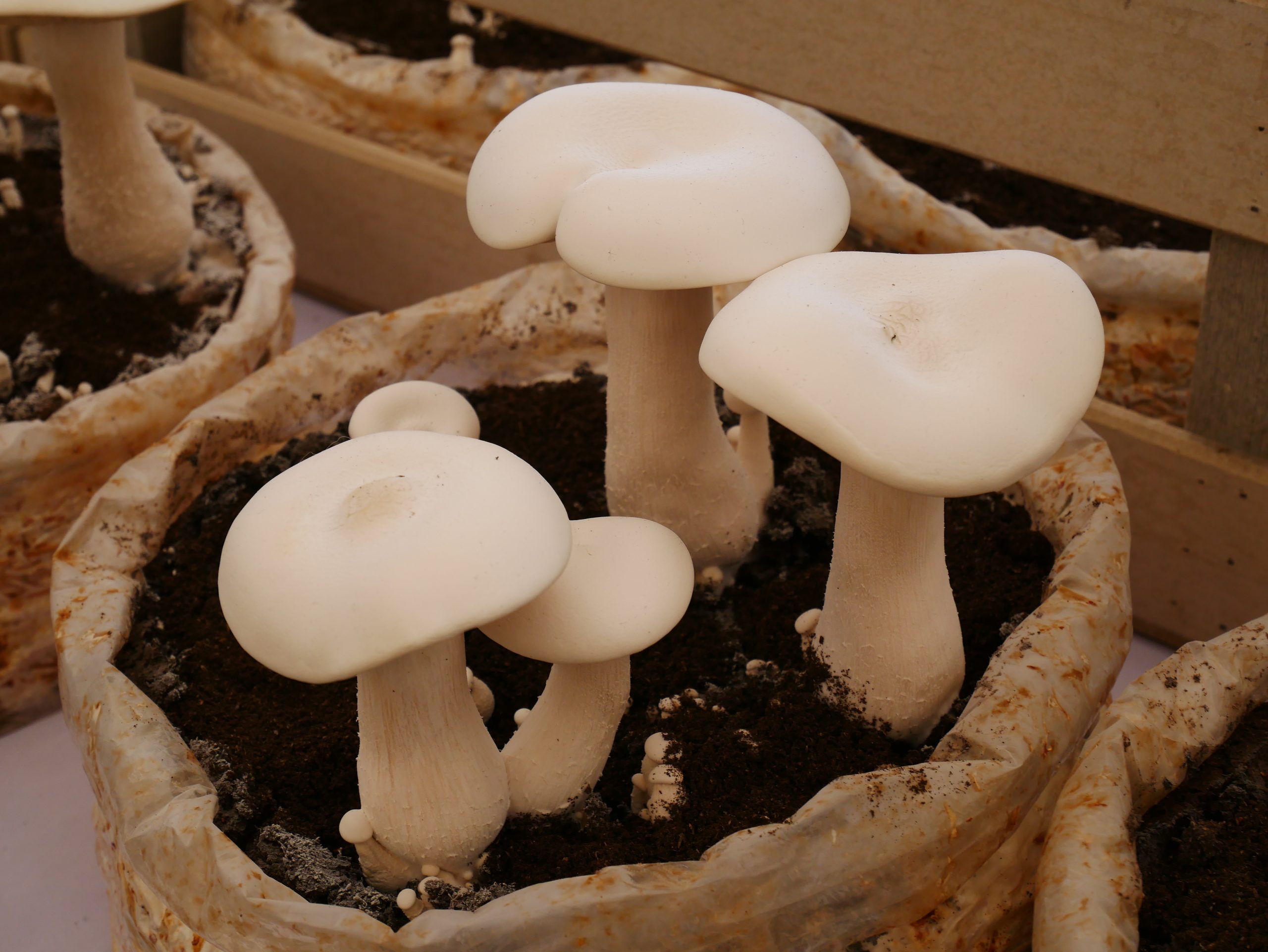
Ever pondered the magic of growing your gourmet mushrooms right in your urban space? Well, mushroom grow kits are like little boxes of wonder that can turn your kitchen counter into a mini mushroom farm.
Mushroom grow kits are a dream for city dwellers who love fungi. They’re small, easy to care for, and perfect for tiny apartments. Imagine a self-contained universe where pre-planted spores await the right conditions to grow. These kits provide all you need to grow various mushrooms like oyster, shiitake, or even the elusive lion’s mane, including spores, substrate, and sometimes a misting bottle.
1. Kit Components
At the heart of every mushroom grow kit is the spawn, which is mixed with a nutrient-rich substrate (like sawdust or grain). This becomes the bed where your mushrooms will take root. Most kits also include a humidity tent or bag to create the perfect microclimate. (Think of it as a tiny greenhouse for your fungi friends.)
Hey hey! Don’t forget to subscribe to get our best content 🙂
Some go the extra mile and provide a spray bottle for misting because mushrooms love their moisture just as much as they love whispering secrets about how to make your dishes more delicious.
2. Ideal Conditions
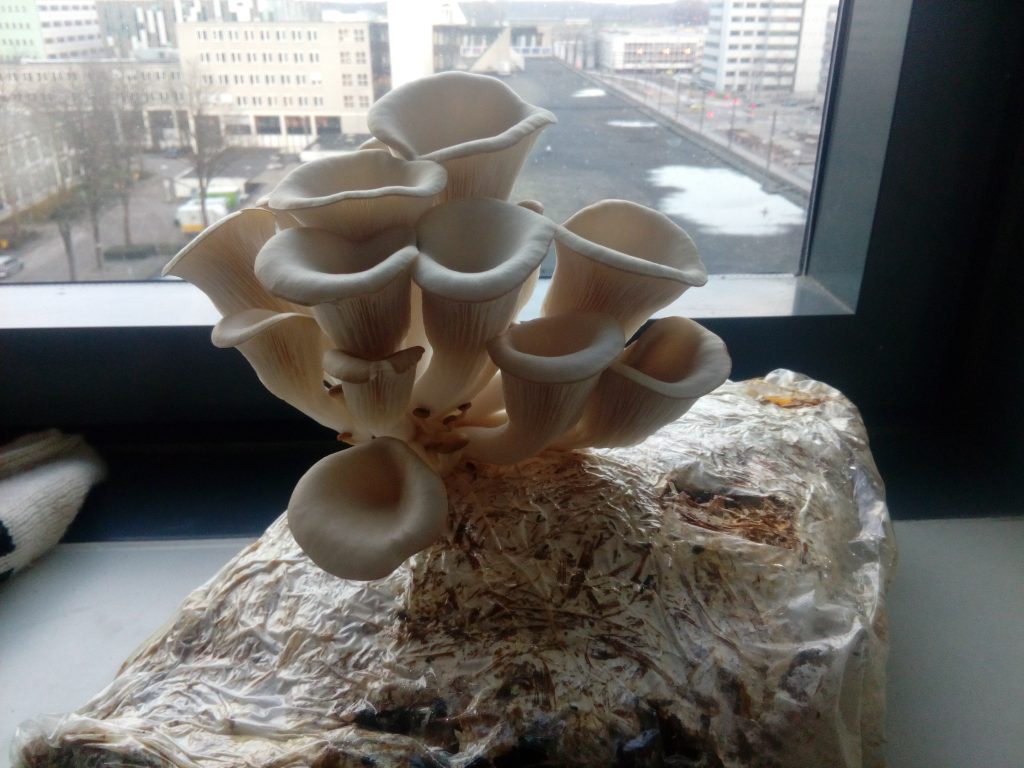
Mushrooms aren’t too picky, but they do have their preferences. They crave humidity like a cactus craves sunshine, and they’re fond of stable temperatures around 55 to 75 degrees Fahrenheit. Indirect light works best—too much sun and they might get a bit sunburnt, too little and they could get lazy.
Consistent misting keeps the humidity just right, so your mushroom babies can flourish. It’s like setting the stage for an all-mushroom performance.
3. Harvest Cycles
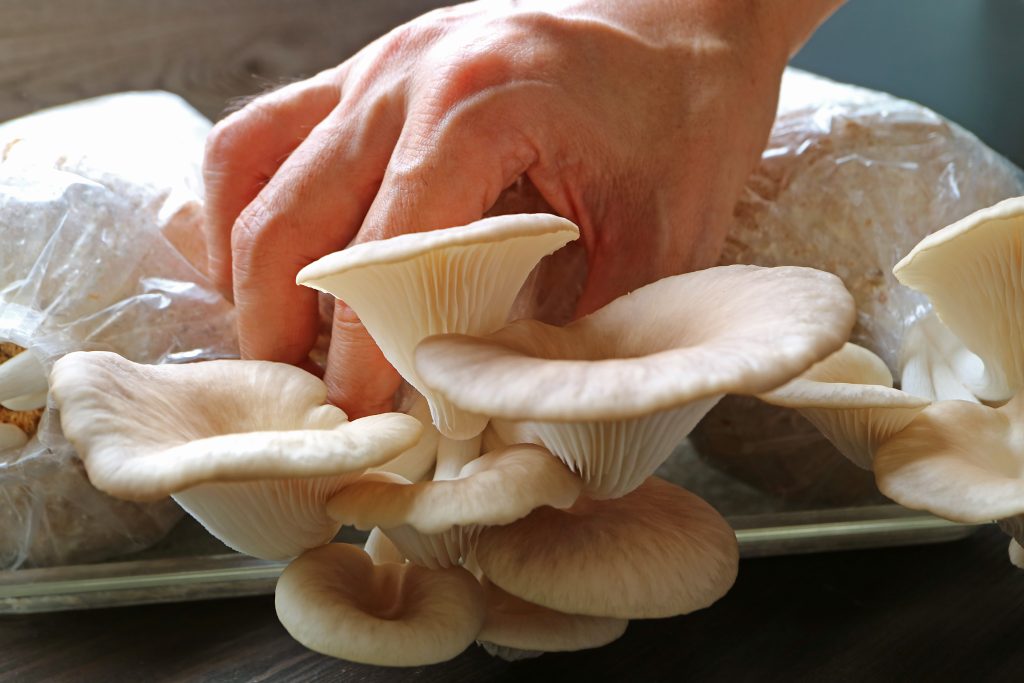
Now, here’s where patience pays off. After setting up your kit, there’s a waiting game as the mycelium weaves its web throughout the substrate. This pre-harvest period can vary, but once the mushrooms start popping up, they grow fast!
You can generally expect to harvest your crop within a week or two after the first mushrooms appear. And the best part? If you treat ’em right, you can get multiple harvests from a single kit.
4. Yield Duration
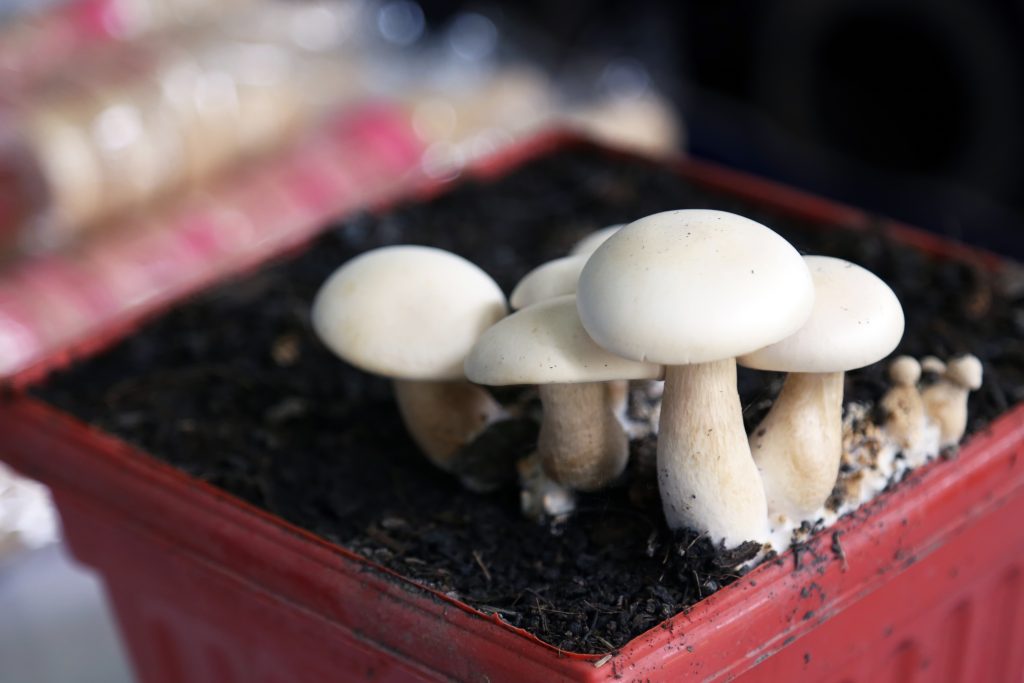
The beauty of mushroom grow kits is the continuous yield they offer. With proper care, you can expect several flushes of mushrooms over a few months. Each yield might be smaller than the last, but it’s still a bounty considering the space and effort involved. It’s like your kit is giving you a series of high-fives for your gardening prowess.
5. Kit Longevity
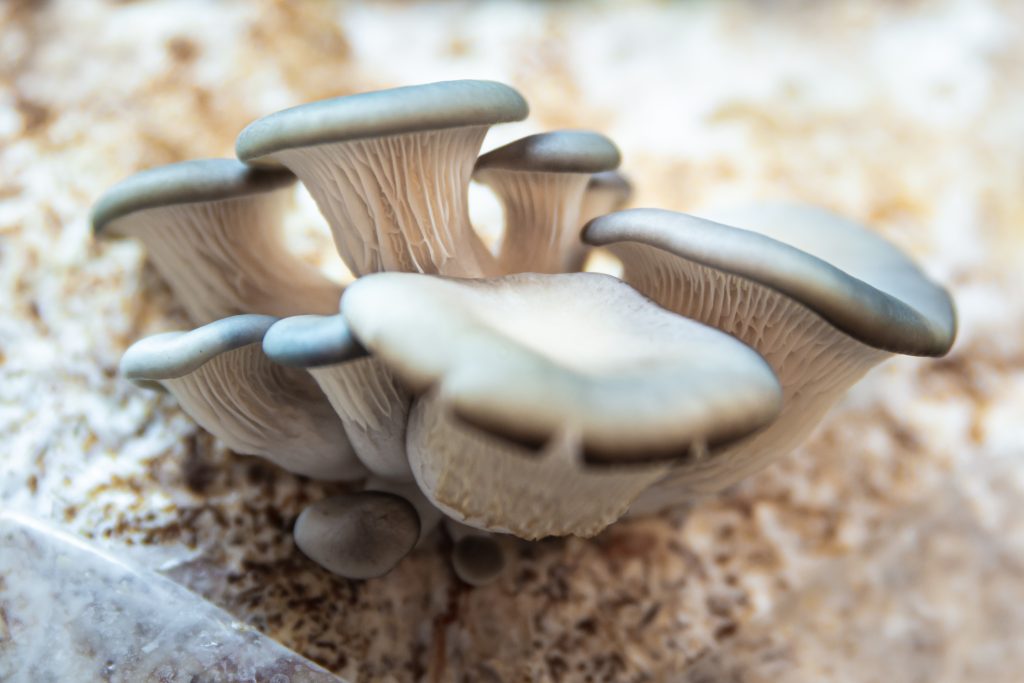
The lifespan of a mushroom grow kit can be a bit of a wild card. Some may last only a couple of months, while others might surprise you with their stamina, producing mushrooms for half a year or more! It largely depends on the type of mushroom, the conditions you provide, and how well you play the role of mushroom caretaker.
Think of it as nurturing a tiny forest—you want to keep it thriving for as long as possible.
Maximizing Your Yield
To get the most out of your mushroom grow kit, think like a mushroom. Keep the humidity high and your watering consistent. Make sure they’re not too hot or too cold, and protect them from direct sunlight. Keeping a daily eye on your fungi family can help you catch any issues early on.
And remember, these little guys are like the introverts of the plant kingdom—they thrive in indirect light and quiet corners.
Troubleshooting Tips
If your mushrooms are acting shy, it might be a sign that something’s amiss. Too much water can drown their spirits, while too little can leave them high and dry. If they’re looking a bit peaked, adjust the temperature or humidity. And if you spot any mold (the bad kind, not the mushroom kind), it’s time for some fungal first aid—remove the affected area and improve air circulation.
Beyond the First Flush
After the initial harvest, don’t toss your kit just yet. By rehydrating the substrate (soaking it in water for a few hours) and continuing to provide tender, loving care, you can encourage a second flush. It’s like coaxing an encore after a great concert—sometimes all it takes is a little bit of applause (or in this case, water).
Preserving Your Bounty
Once you’ve harvested your mushrooms, it’s a race against time to use them while they’re fresh. But if you’ve got more than you can eat, drying or freezing them can preserve the fruits of your labor. Dried mushrooms can add an umami punch to dishes months down the line, and frozen ones are perfect for tossing into soups and stews. It’s like capturing a bit of your garden’s essence for a rainy day.
So there you have it, a deep dive into the continuous yield of mushroom grow kits. With a little bit of care and some mushroom mojo, you’ll have a steady supply of homegrown goodness, proving that great things indeed come in small packages.


